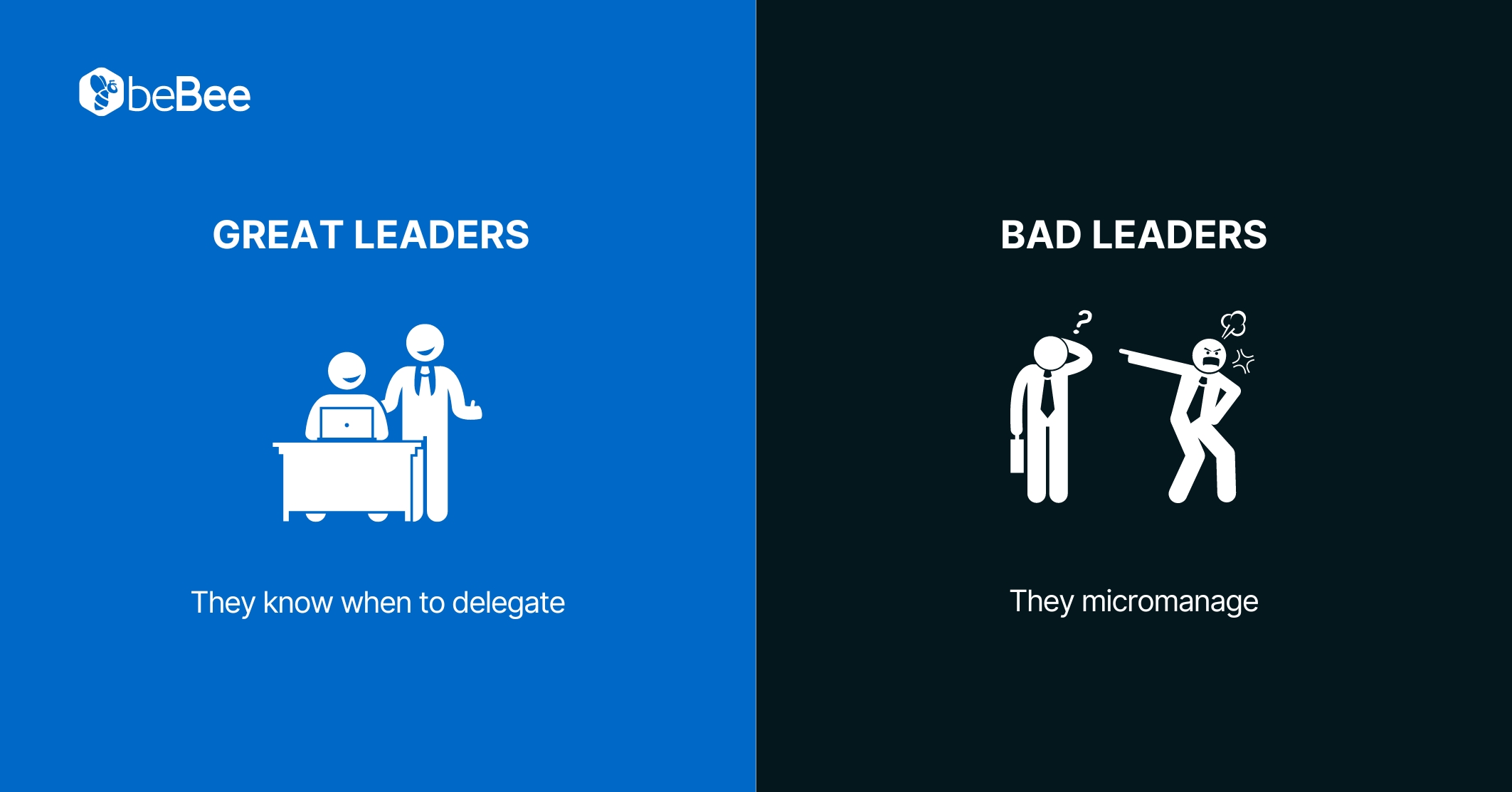The Stages of Team Development: From Forming to Performing
Team development is not just a process; it is a journey where individuals come together to achieve common goals, perform tasks and build relationships.
Effective team development activities are tailored to meet the specific requirements of a team and take into account its developmental stage. Facilitators work with the sponsor (often the team leader) to develop a team development plan that outlines clear objectives, timelines, and methods for evaluating the impact of the work.
Although this journey is not always linear, external factors such as team size, organizational culture, and task familiarity can influence its pace. Even teams in the norming or performing stages may revert to storming when confronted with significant changes like adding new members or shifting objectives.
American psychologist Bruce Tuckman proposed these stages that a team must go through:
- Forming: Members get acquainted with each other’s goals, tasks, rules and themselves. There is reluctance to voice dissenting opinions while productivity remains low as the team explores collaboration methods.
- Storming: Confidence grows with familiarity leading to increased challenges on existing norms, leadership and objectives. Conflict may arise as individuals assert themselves and express different viewpoints which can affect productivity and performance.
- Norming: Collaboration takes center stage as the team works towards shared understanding of goals, roles and workflow. Enhanced interpersonal relationships foster openness leading to improved productivity and performance.
- Performing: The team operates seamlessly characterized by high commitment efficiency organization. Consensus is easily reached conflicts are managed effectively engagement levels translate into exceptional productivity and performance.
In addition to Tuckman's model various studies provide valuable insights into team development. For example Meredith Belbin identified nine roles that contribute towards successful teams highlighting importance of balanced composition of teams. Belbin suggests that each member has one predominant role such as “Plant”, “Resource Investigator” or “Coordinator”. These roles do not only focus on individual skills but also how they interact in order to achieve team goals. For example, a “Plant” may be good at generating ideas while an “Implementer” is effective in executing them. Understanding these roles can help teams leverage individual strengths and enhance collaboration.
Similarly, John Adair’s model emphasizes the leadership functions necessary for team success. It underscores the importance of distributed leadership where the leader recognizes and balances three key areas of responsibility: task, team and individual. An effective leader does not only focus on the task itself but understands the individual needs of each team member creating an environment where everyone feels valued and motivated. By balancing these responsibilities, the leader can positively influence team dynamics and enhance its effectiveness.
On the other hand, Beckhard and Gleicher’s model delves into organizational change offering a formula that evaluates feasibility of successful change. This approach highlights urgency as a driver of change, need for clear vision of desired future and feasibility of path to that destination. Applying this model to team development enables organizations to identify areas for improvement and set clear goals to drive growth and innovation.
Richard Beckhard, a well-known management consultant and MIT Sloan School of Management professor, and David Gleicher, an organizational change and business management consultant and entrepreneur, developed what they termed the ‘Change Formula’ or Change Formula. This formula is broken down as follows:
𝐶=(𝐴×𝐵×𝐷)>𝑋C=(A×B×D)>X
Where:
C stands for Change.
A represents the level of dissatisfaction with the status quo which indicates how urgently change is needed.
B represents the attractiveness or desirability of the proposed change or future state in terms of benefits or improvements that each individual will experience once the change is adopted.
D assesses the practicality of the change including knowledge of next steps, minimum risk and disruption i.e., how practical, comfortable or easy it is for those who will experience it.
X denotes perceived ‘cost’ of change considering its magnitude, effort, complexity and associated risk.
Patrick Lencioni is a famous author and consultant in leadership and organizational management. He specializes in teamwork, effective leadership, and organizational culture. He identifies common dysfunctions in teams and addresses them by emphasizing trust building as well as conflict management to achieve success. Lack of trust, fear of conflict and lack of commitment are some factors that hinder team performance according to him. His approach focuses on creating an environment where there is trust among members so that they can overcome these obstacles together towards achieving common goals.
Finally Tannenbaum & Schmidt’s model concentrates on leadership styles and their impact on team dynamics. It provides different types of leadership styles ranging from authoritarian to democratic ones while analyzing how each style affects team autonomy as well as motivation. By understanding different leadership styles and their effects on a team leaders can adjust their approach to maximize team performance as well as satisfaction.
Experts recommend specific interventions such as team-building events, planning sessions, psychometric assessments etc., to fast track progress towards the execution stage. Organizations can develop comprehensive strategies that unlock their teams’ full potential and achieve sustainable success by incorporating insights from these various models and studies.
In conclusion, understanding and applying the principles and models presented in this article can make a significant difference in the success and effectiveness of teams in any organization. From recognizing the stages of team development to identifying roles and leadership styles, each concept provides valuable tools for enhancing collaboration, productivity, and cohesion within a team.
By investing time and resources into team development, companies can create a culture of trust, transparency, and high performance. Furthermore, leaders can maximize their teams’ potential by addressing common dysfunctions as well as fostering a collaborative environment.
Ultimately, prioritizing team development not only benefits individual members but also drives growth and innovation throughout the organization. Companies that recognize these concepts’ importance and apply them effectively will position themselves for sustainable success in an increasingly competitive dynamic market.

http://www.w3.org/2000/svg" width="24" height="24" fill="none" viewBox="0 0 24 24"> Business
Articles from Cristina Tejedor Prieto
View blog
In today’s business world, there is a statement that resonates with particular clarity: “Workers don ...

En el mundo empresarial en constante cambio de hoy en día, la flexibilidad se ha convertido en una m ...

This article is for you if you are looking for a job or just exploring what’s on the market, curious ...
Related professionals
You may be interested in these jobs
-
Executive Producer
2 weeks ago
Nexstar Broadcasting Washington, United StatesNexstar Media Inc. has an immediate opening for a Morning Executive Producer who wants to be part of a leadership team that delivers news content for its duopoly in Washington, DC Market #7. · The Executive Producer will work with newsroom leadership to deliver newscasts that re ...
-

Restaurant Server
3 weeks ago
Cracker Barrel Springville, United States Full timeCracker Barrel - Springville is looking for hardworking and passionate individuals to join our restaurant as a full time or part time server. As a restaurant server, providing the customer with a memorable experience is key, and your role will be integral in making that happen. Y ...
-

Occupational Therapist I PD
1 day ago
UNC Health Care San Francisco, United States Permanent· Become part of an inclusive organization with over 40,000 diverse employees, whose mission is to improve the health and well-being of the unique communities we serve. · Summary: · This position will require meeting the monthly weekend requirement (2 weekend shifts per month) a ...


Comments